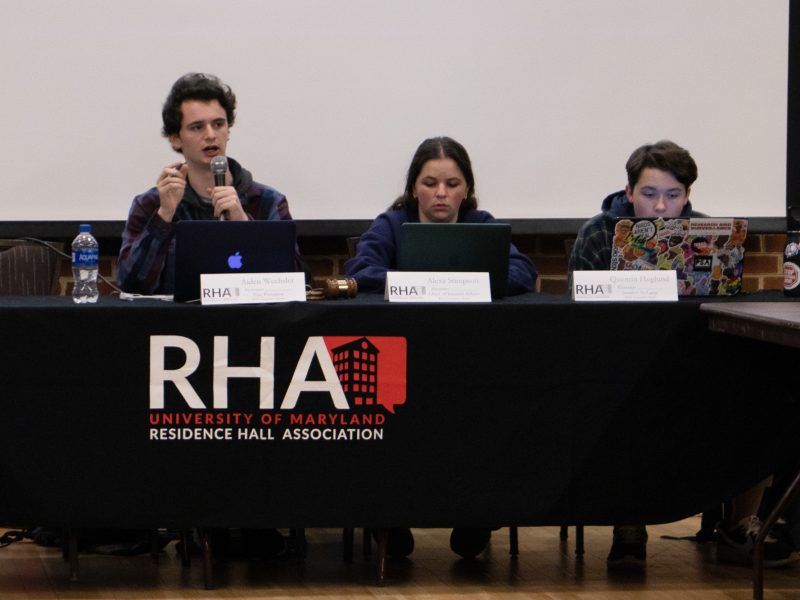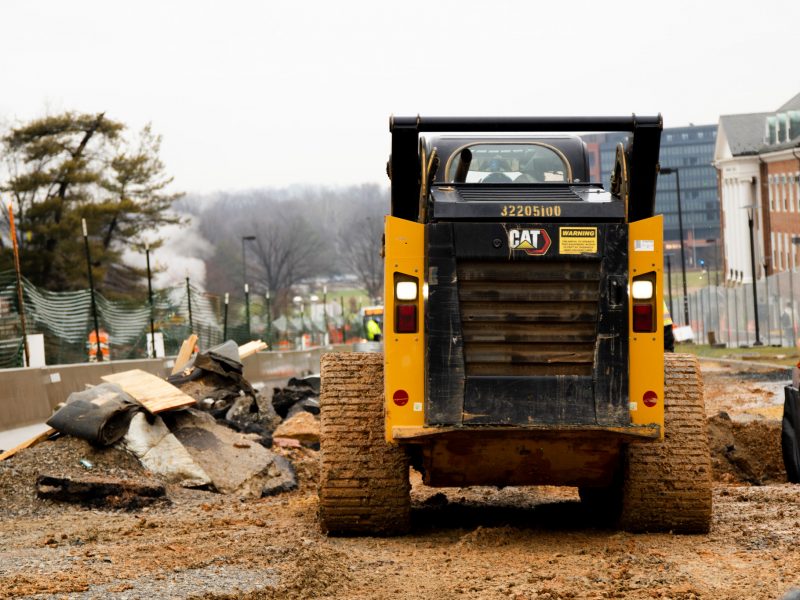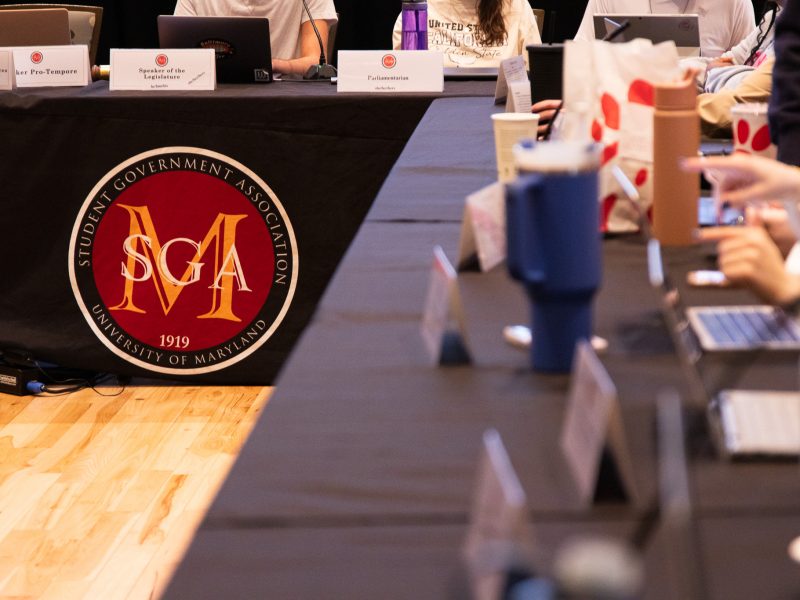Academic fees in four colleges and departments increased this calendar year, according to information from the Office of the Provost.
The School of Music introduced a new fee of $200 per semester for graduate students in non-performance areas, which include musicology, ethnomusicology, music theory and music education. The new music fee helps cover costs for graduate students who are required to travel, often outside the United States, for their research, said Patrick Warfield, School of Music associate director for academic affairs.
The school also increased a fee that allows undergraduates to take required private lessons from $400 to $600 for majors and $200 to $300 for minors. It is the first time the fee was raised since 2008, Warfield said. The school’s student fees also help fund the department’s Music Scholars Lecture Series, he added.
The Philip Merrill College of Journalism raised its professional fee by $150 effective last spring semester. The Department of Geographical Sciences increased the lab fee for GEOG 418, Field Methods in Environmental Science, by $100, and the Institute for Applied Agriculture similarly increased the fee for a field experience course, INAG099: Cooperative Education, by an undisclosed amount. At the time of publication, IAA representatives could not be reached for comment.
Some music students were not fazed by the school’s increases.
“It seems to be a small increase in the grand scheme of things, and I’m OK with it,” said Hart Guonjian-Pettit, a music education and jazz studies major. “As a music student, the university sponsors many things that I benefit from.”
“In the grand scheme of my many, many, many thousands of dollars of tuition over the years, a few extra hundred or thousand is tough for me to really complain about,” said Ashleigh Naude, a music education major.
Lucy Dalglish, dean of the Philip Merrill College, said the journalism professional fee had not been adjusted since 2008, but expenses “had gone up dramatically” in the meantime. The fee increase helps cover the cost of software upgrades, cameras, checkout equipment and wireless microphones, she said.
Dalglish said some journalism schools do not make any equipment available to students.
“We take pride in being able to provide that for our students,” she said.
Students were notified of the fee hike by email during the fall 2015 semester.
Michael Stern, a senior broadcast journalism major, said he was not aware people were upset about the fee until Dalglish came to speak to his journalism capstone course in August and more than one student voiced complaints.
Some students within the multiplatform concentration felt that broadcast students, who use cameras much more often, should have a higher fee, Stern said.
“I would be willing to pay a higher fee than the multiplatform majors because the equipment I’m using is more expensive than multiplatform equipment,” Stern said.
However, Dalglish said all journalism students use certain software and editing terminals in introductory classes, for example.
“I don’t see it as any group of students being more expensive than another group,” she said.
Field Methods in Environmental Science allows a limited number of students who have completed geography or environmental science coursework to practice field methods in a West Virginia forest for two weeks in August. The students then spend the fall working with the data they collect.
Ralph Dubayah teaches the class, which won’t be offered again until fall 2017. The course was offered in 2014, though. The course “loses a huge amount of money” each time it is offered due to expenses related to using the campsite, supplying chemicals and replacing broken equipment, Dubayah said. But he said he is passionate about making the course available to students.
“I fought really hard to keep the fee low because I didn’t want a fee to be a barrier for students to take a course that many say is the best course they’ve ever taken,” he said. “The university should do whatever it can to keep the fee low.”



